111-year-old motorcar is king of 2023’s biggest car auction
Want a better understanding of what’s driving collector-car values? Sign up for the Hagerty Insider newsletter.
The literal and figurative dust is settling from Arizona auction week. As usual, it was a festival of Fords, fried food, and the occasional Ferrari. We picked through some surprising results and head-scratchingly big flips, but the biggest sale this week was a 50-horsepower, four-cylinder car with no roof and wooden wheels, a vehicle that first cruised the open road when Franz Ferdinand was still breathing and the Titanic was still floating.
Final price for this 1912 Simplex Torpedo Tourer was $4.845M at the Bonhams sale, well above Scottsdale 2023’s second-placed car, a $4.075M LaFerrari that has 19 times the power.
Why?
Like any great old car, this Simplex is a combination of performance, design, and history. It’s timeless.
This Torpedo Tourer’s original owner was one Eleonora Randolph Sears. No, not that Sears, but she was born into major money as the daughter of a real estate and shipping tycoon, and the car was an engagement present from her sweetheart, Harold Stirling Vanderbilt. Yes, that Vanderbilt.
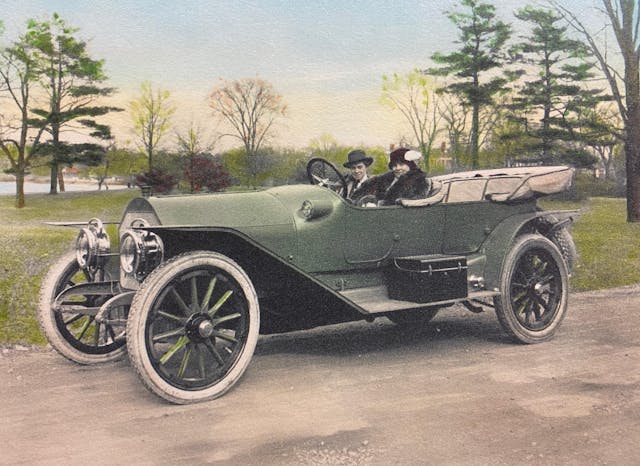
Sears was, simply put, a badass. A four-time national tennis champion, she was “probably the most versatile performer that sports has ever produced,” according to her 1968 obituary in The Boston Globe. “Not just the most versatile female performer, but the most versatile, period.” She was the first women’s squash champion and the first woman to ride a horse in a major polo match. She competed in yacht racing, rifle shooting, boxing, and football, too, and won a squash title at age 47.
She was also among the first women to race a car, fight a speeding ticket, or fly an airplane. Once, she was arrested for smoking in an area where men were allowed to light up but women weren’t. Her tendency to wear pants to the polo field and roll up her sleeves on the tennis court shocked the other New England blue bloods. Remember, this was the early 1900s.
Sadly, Sears’ engagement to Harold Vanderbilt didn’t last. (You know how wealthy socialites can be.) He did at least know her well enough to buy her the right car, though. She even kept it for another quarter-century after they broke things off. Having already owned several Simplexes—which were popular among well-to-do sportsmen—Vanderbilt ordered another one for her in 1911 with unique coachwork from JM Quinby & Co. in New Jersey. Nifty features include built-in wooden toolboxes on the runners and electric side lamps that also act as cockpit ventilators, while its tall 1.97:1 final-drive ratio allowed for 85-mph motoring at a lumpy 1200 rpm.
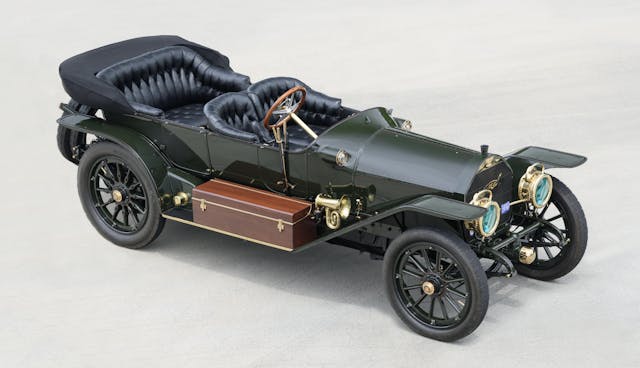
It was among the finest and most expensive cars your parents’ money could buy in the Brass Era (1896–1915), but if you’ve never heard of Simplex, no worries. There hasn’t been a Simplex automobile for exactly a century, and the history of the company is a little confusing. Smith & Mabley, Simplex Automobile Company, Simplex-Crane, and Crane Simplex are all names associated with the New York- and then New Jersey–based carmaker and its various owners, none of which are to be confused with the entirely separate American Simplex automobile from Indiana.
Long story short, a company called Smith & Mabley spent the early 1900s importing high-end motorcars from the best manufacturers in Europe—Panhard, Renault, and especially Mercedes. In 1908, Smith & Mabley became the Simplex Automobile Company, having developed its own Mercedes-like car to American dimensions, with an enormous 597-cubic-inch, T-head four with an aluminum crankcase and a midship-mounted transaxle putting power to the rear wheels through dual chains. The chain drive allowed for easy gear ratio changes, and the inboard transaxle-mounted drum brakes reduced unsprung weight.
This was all handy stuff in the early days of motorsports, and Simplex quickly made a name for itself there, winning the 24 Hour Race at Brighton Beach three years running: 1908, 1909, and 1910. Ralph DePalma drove a Simplex to sixth in the very first Indy 500 in 1911.
A new Simplex factory in New Brunswick, New Jersey opened up later in that year, the company relocated from New York City, and some corporate restructuring and ownership changes followed from there.
But, back to Ms. Sears’ Simplex. She kept it until around 1939, when she sold it to a VMCCA member, who then sold it to collector and Buick chief engineer Charles Chayne. He had access to talented wrenches at GM and had the Simplex sorted, the engine blueprinted and a handy electric starter installed. After Chayne’s stint of ownership, the Simplex went to the Brookline Massachusetts Museum of Transportation (now the Larz Anderson Auto Museum) and then to Charles LeMaitre’s collection. It was restored in the mid-2000s with new paint, upholstery, and wheel spokes plus refurbished mechanicals. According to Bonhams, it is arguably the greatest surviving Simplex, and it’s reasonable to believe the auction house: It sells more good Brass Era metal than anybody.
On the block, the Simplex blew past its $2.5M–$3.5M estimate in just a few rounds of bidding. A new bidder arrived at $4.2M and then a back-and-forth volley pushed the 9.8-liter beauty to a price that not even super Saturday at Barrett-Jackson could top. It was some of the most active bidding we saw all week.
We hear the Simplex is off to a new home in a private collection in California, along with one of the Chrysler Ghias from the same auction. It’s one of the most expensive prewar (World War I, that is) cars ever sold. It would have been the second most expensive car had it sold at last year’s Arizona auction week and the fourth most expensive had it sold at this event in 2020, another sign that the most expensive stuff is shifting away from Scottsdale.
We’ve been talking a lot this week about numbers, trends, and fluctuations, but the sale of this supercentenarian Simplex goes to show how timeless it is. This vehicle will never go out of style. Its story will never stop being interesting. It’s immune from all the automotive fads and market volatility we spend all day swimming through. It transcends all that. Certain great cars will always be desirable, collectible and, yes, valuable, no matter what.
Check out the Hagerty Media homepage so you don’t miss a single story, or better yet, bookmark it.

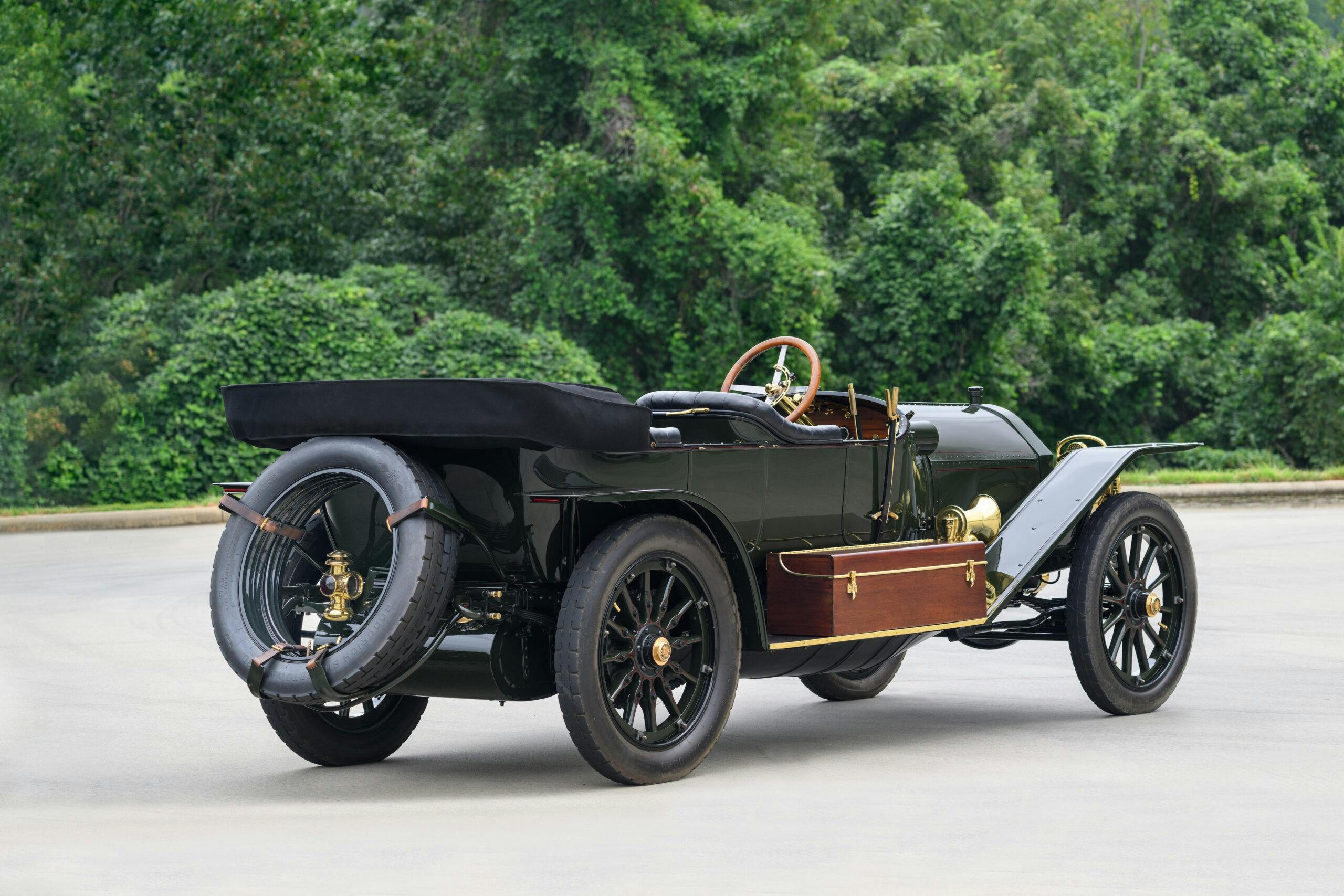
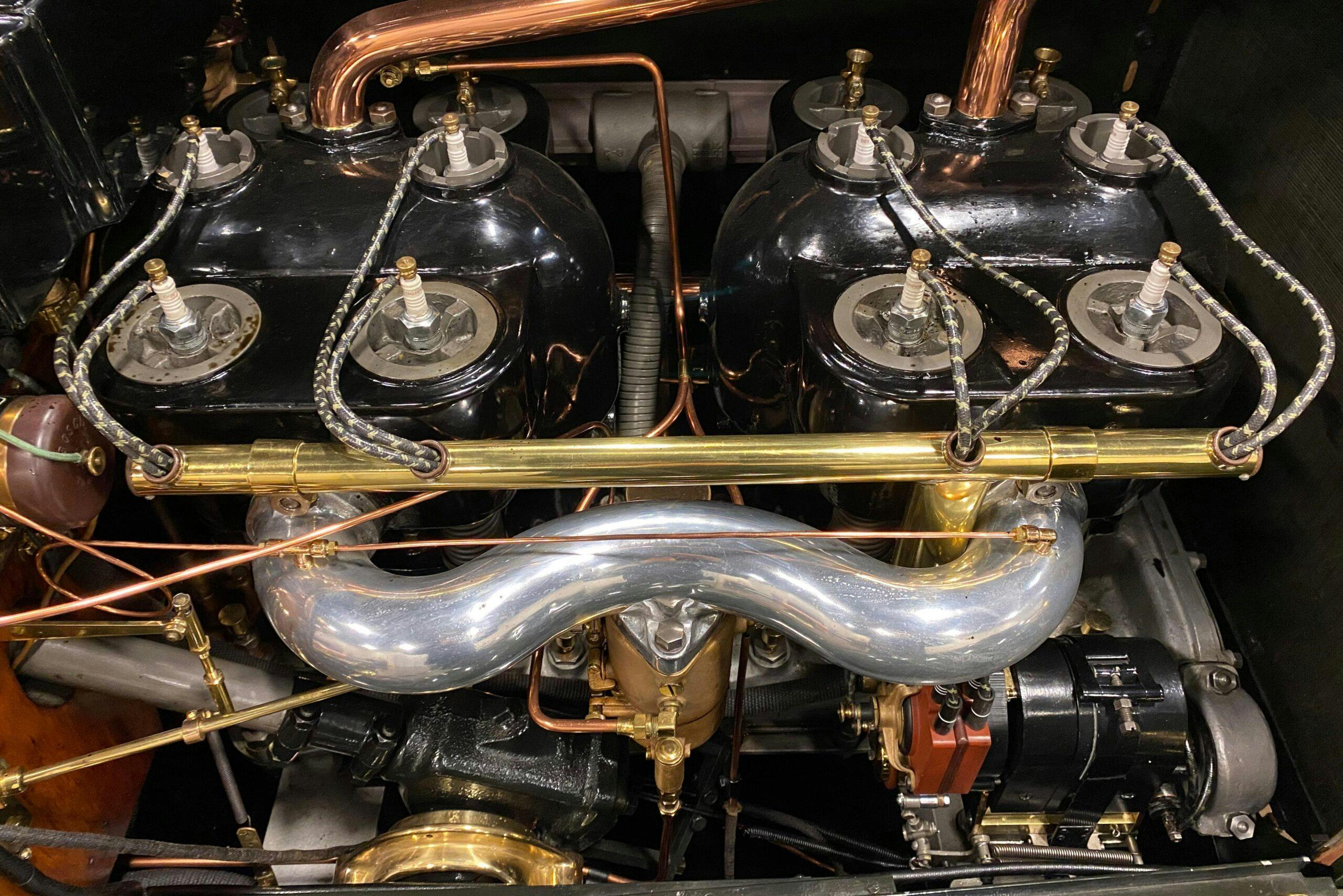
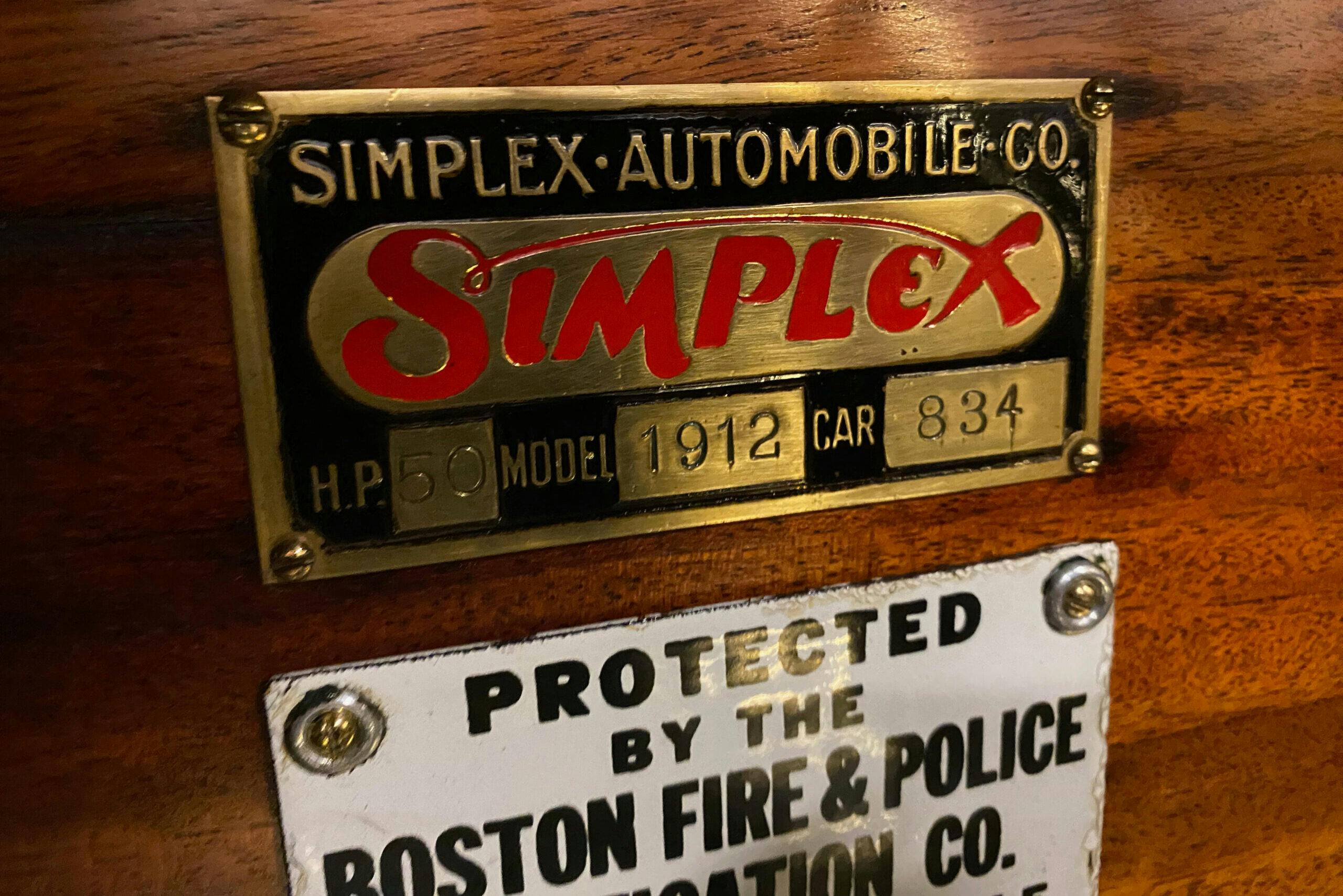
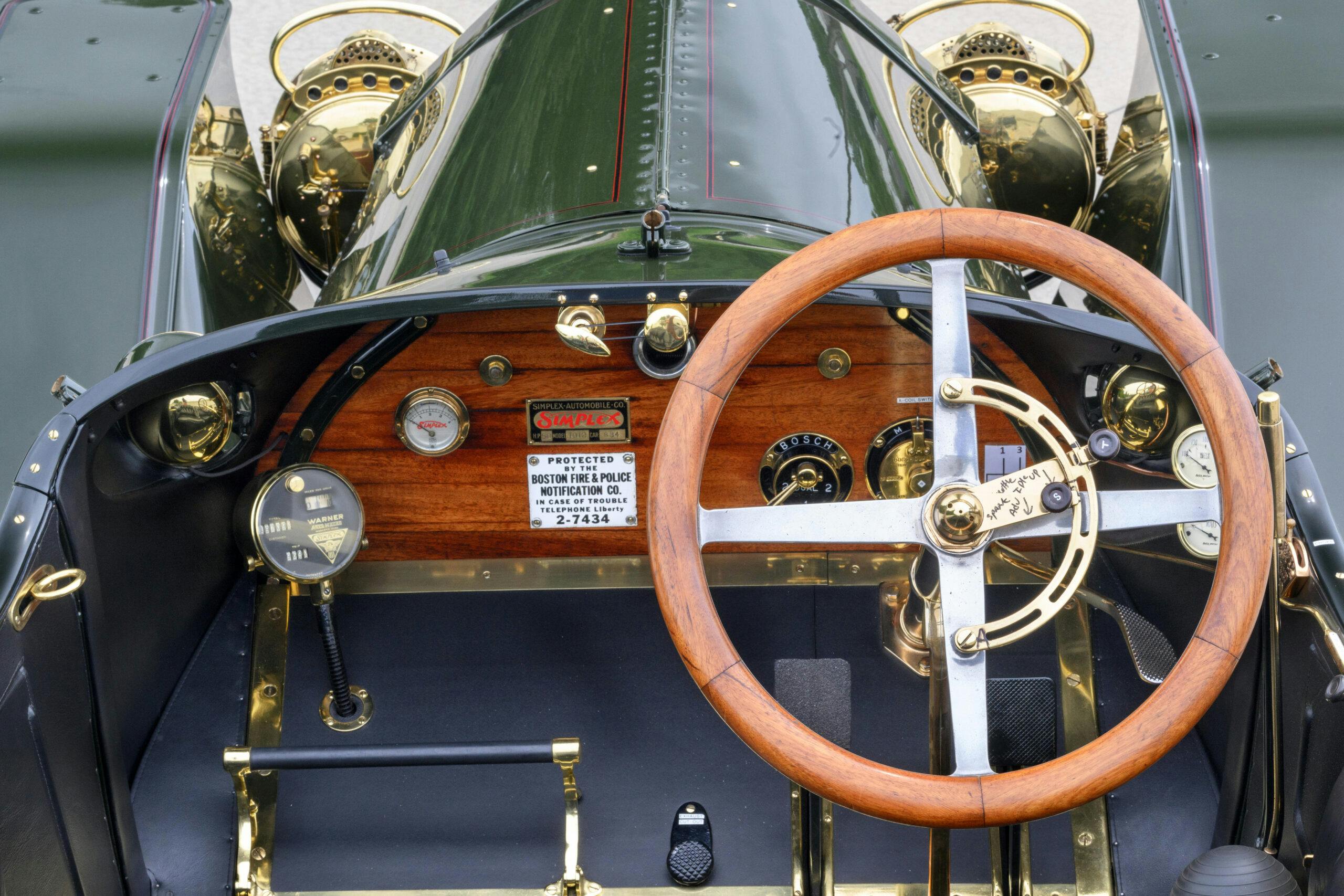
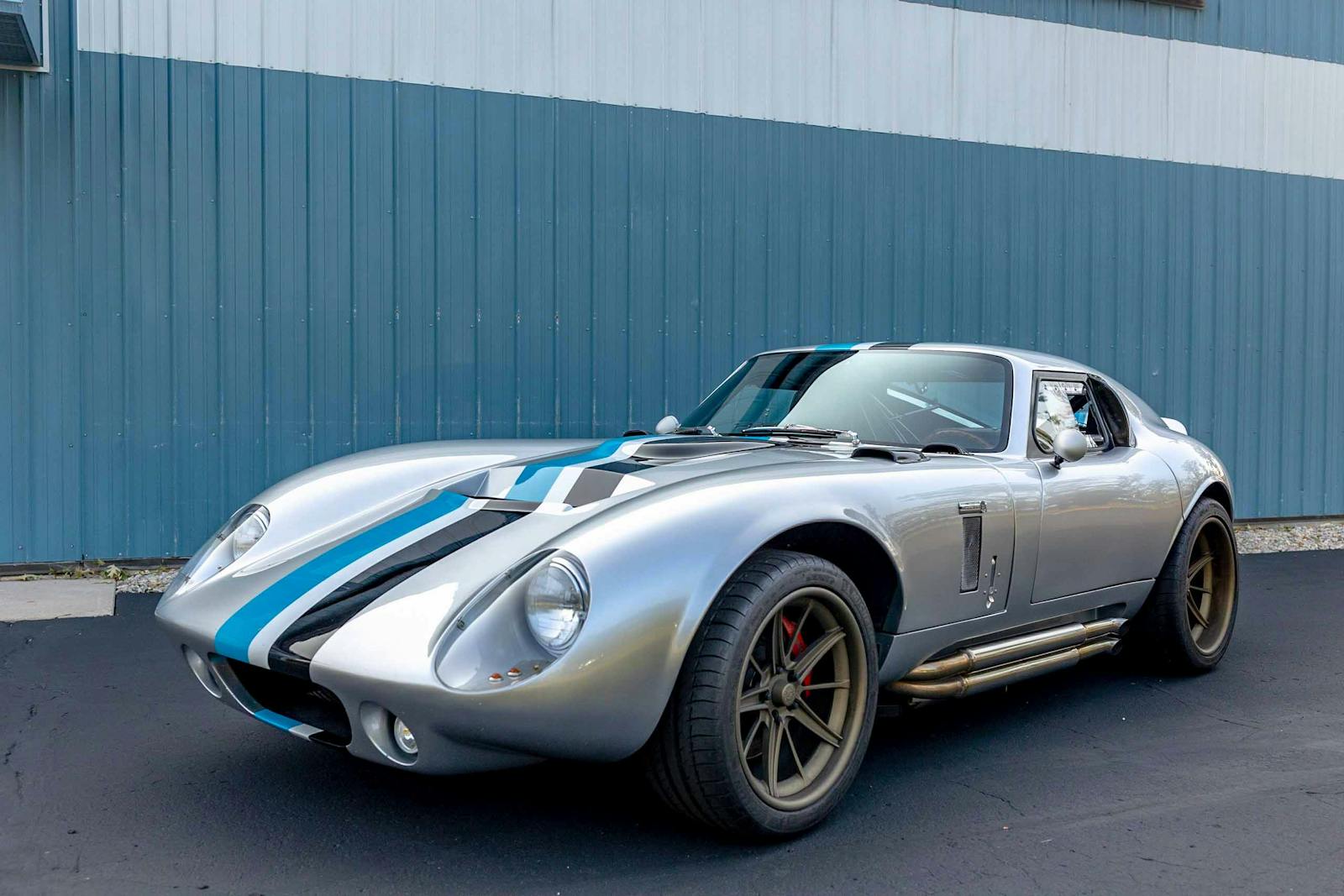

Attractive car, with a fascinating Company history.
There was also a French Simplex car company, existing between 1919 and 1921.
Then, of course, we have the French bicycle component manufacturer, which some hundreds-of-thousands of us would be acquainted with.
Add the ubiquitous clock company and the viral strain, and you have about ten percent of “Simplex”.
I’m glad not to have run afoul of Eleonora…
Nice place to have a picnic and a ever changing display. My dad always had a car thing. I remember rolling down the hill in the park on a summer day. I’m thinking we got there in his 56 two tone Fairlane. He hated that car. I remember him pumping gas nights at the Shell gas station on Boylston street Brookline. At that time I remember going to work with him playing with the bubble tire balancing machine and going home in his 63 Bonneville convertible. He liked that one. He left at a young age for him and us. 39. His last ride was a 69 Wildcat and he gave me a whipping. I was 17 and just got a motor back in my 66 2+2. We had a highway run and he smoked me. I have had my daughters to the Larz and they had a 66 Shelby on display that summer. I have seen 2 Wildcats for sale recently and I may jump on one this spring. I think it is genetic and came from Dad. My daughter lives to drive her A4 6 speed. Yeah it’s a standard. My youngest grandson is working on becoming a good VW tech and modifying his GTI. I’m glad he and his crew invite me to join them for the euro event at the NE Dragway every year. Thanks for the story the little mention of the Larz. A great trip down memory lane.
Beautiful car but 5 million?
nah, Ill take a Mercer for 1.5!